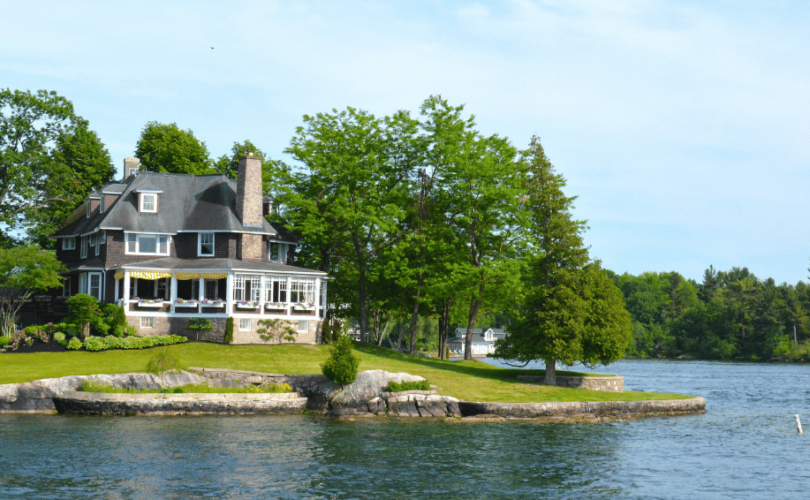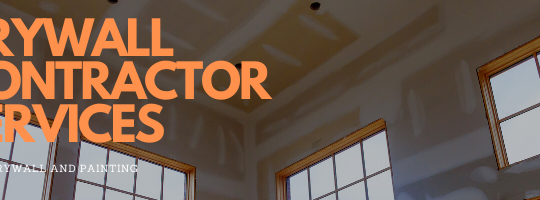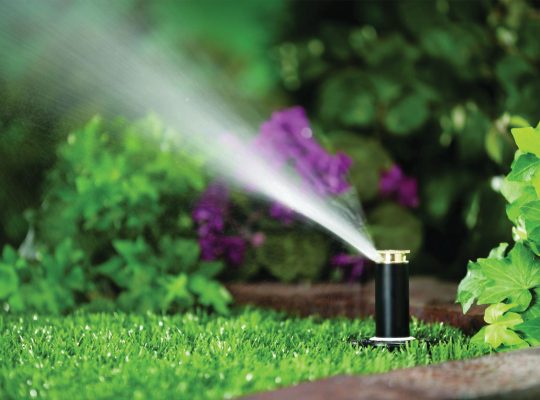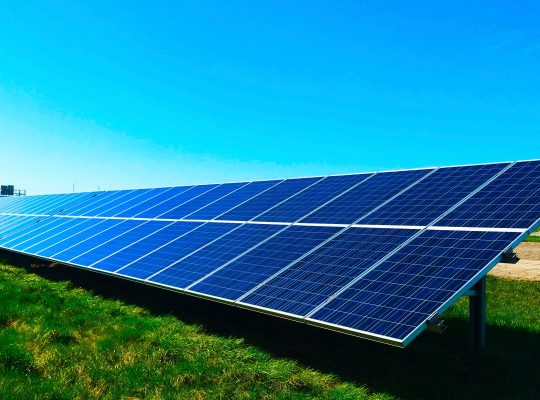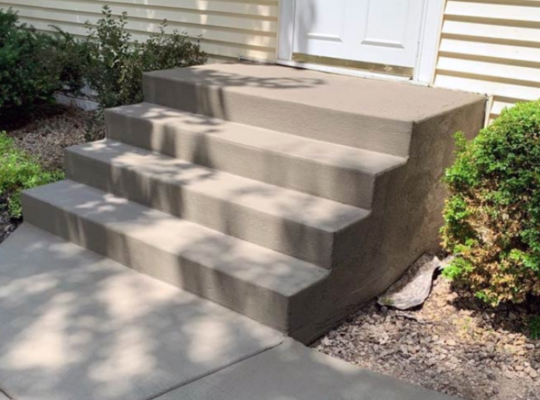Riprap Shoreline Restoration Mn
Riprap shoreline restoration is an important part of maintaining a healthy lake environment in Minnesota. By restoring a stable riprap shoreline, lakefront property owners can protect their investment and ensure that their lake remains healthy and attractive for years to come. This article will discuss the benefits of riprap shoreline restoration and outline steps that Minnesotans can take to ensure their lake is properly restored.
Riprap is a type of rock or stone used to protect the shorelines of lakes and rivers from erosion. It works by creating a strong barrier along the water’s edge that deflects waves and keeps soil in place. In Minnesota, riprap shoreline restoration is essential for preserving the health of our lakes, as it helps control sediment flow, prevents soil erosion, and protects aquatic habitats. By taking proactive steps to restore a riprap shoreline, Minnesotans can help protect their local lakes from environmental damage and increase their property values at the same time.
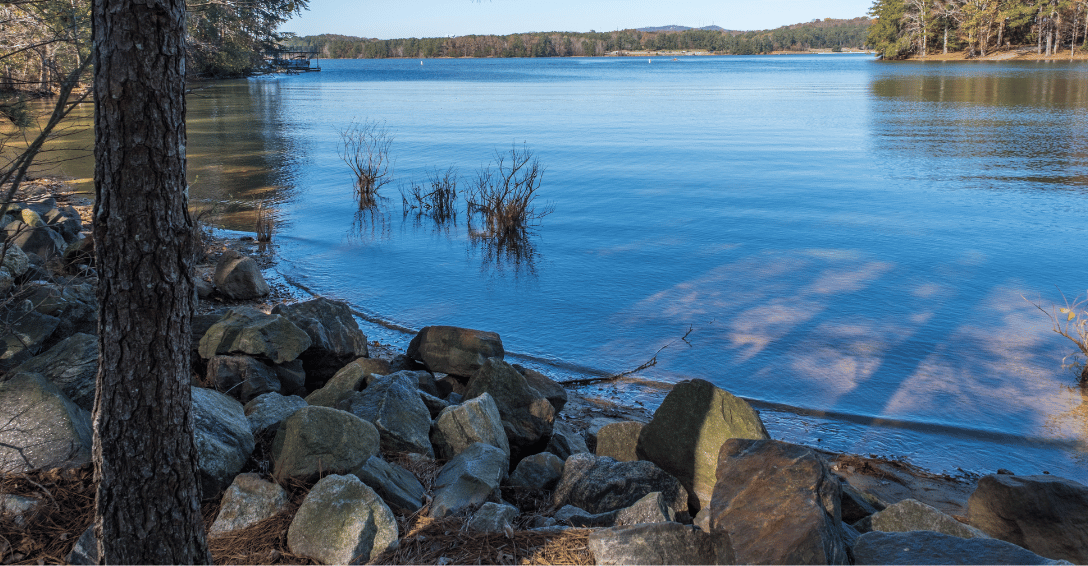
Benefits Of Riprap Shoreline Restoration
Riprap shoreline restoration provides many benefits for Minnesota. These include improved shore stability, habitat protection and enhancement, and improved water quality. Riprap is a material consisting of large stones or rocks that are placed in rows along the shoreline to prevent erosion. The use of riprap can reduce wave energy by minimizing the force of incoming waves and protecting against further erosion. It also helps keep sediment in place, which prevents it from entering the water column and affecting water quality. Habitat protection is another important benefit of riprap shoreline restoration. The large rocks provide habitats for a variety of aquatic species such as fish, mussels, and aquatic insects. In addition, they provide shelter from predators and create calmer waters around them that attract more diverse wildlife. All these benefits contribute to creating healthier ecosystems in Minnesota’s waterways.
Preparing For Riprap Installation
Riprap shoreline restoration is an excellent solution for preserving the health of Minnesota’s waterways. However, it is important to properly prepare for riprap installation in order to ensure its success. Before beginning the project, a qualified engineer should be consulted to determine the specific design requirements and provide technical guidance. Additionally, any existing vegetation along the shoreline should be removed or trimmed back so that the riprap material can be placed accurately.
The next step is obtaining proper permitting and approvals from local authorities. It’s also essential to generate detailed construction drawings with exact specifications regarding depth, size, and type of rock used in order to adhere to regulations and avoid potential issues down the line. Once all necessary preparations have been made, riprap installation can then begin. Without proper planning, however, it’s possible that the project could fail or cause further damage to the environment.
Selecting The Right Type Of Riprap
When it comes to riprap shoreline restoration in Minnesota, selecting the right type of riprap is an essential part of the process. The type of riprap you choose will determine how effective and long-lasting your shoreline restoration project will be. To ensure that you make the right choice, there are a few key points to consider.
Firstly, it’s important to think about the size of your shoreline restoration project and the amount of erosion that has occurred. If you’re dealing with a large-scale project or significant erosion, then larger pieces of riprap may be needed for adequate protection. On the other hand, if your project is more limited in scope, then smaller pieces may be preferable as they provide similar protection but require less material and labor costs. Secondly, it’s important to consider the environment around your shoreline restoration site. Factors such as wave action and current velocity can affect how well certain types of riprap hold up over time. Taking these conditions into consideration when selecting riprap can save you money and time in the long run.
Making sure that you choose the right type of riprap for your shoreline restoration project is key to ensuring its success. Doing so requires careful consideration of several factors such as size, environment, and cost-effectiveness. With this information in mind, you can select a type of riprap that best fits your needs and provides maximum protection for years to come.
Installing Riprap For Maximum Protection
Riprap shoreline restoration is a technique used to protect the shoreline from erosion and other damage. Installing riprap is essential in maintaining the integrity of a shoreline. The process begins with preparing the area for installation by removing old vegetation, debris, and any existing structures that may be in place. Next, excavating and grading can occur to create a level surface. Afterward, geotextile fabric should be placed down to act as a barrier between the soil and the riprap stones.
The riprap itself should then be installed on top of the geotextile fabric in layers that are sloped outwards towards the water to ensure maximum protection against waves and currents. Once complete, any gaps or voids should be filled with smaller stones or sand to provide additional stability. It is important to remember that riprap installation requires careful consideration for both aesthetics and function; too much stone can lead to an unsightly appearance while too little could result in ineffective protection against erosion. For this reason, it is important to consult experienced professionals when planning your riprap shoreline restoration project.
Maintaining Your Riprap Shoreline
Having installed your riprap shoreline, it’s now time to focus on maintaining it. The most important factor in this process will be monitoring the wave energy of your site. As wave energy increases, more sediment can be pushed against the riprap, causing it to become displaced and ultimately erode away. To protect your shoreline from this erosion, you’ll need to check regularly and ensure that the riprap is still in place and secure.
In addition to monitoring wave energy, you’ll also want to take steps to reduce its impact on your shoreline. This could include installing an offshore breakwater or sandbar, planting vegetation along the shoreline, or using a gabion wall for additional protection. Doing so can help keep wave energy levels low and reduce the amount of sediment that is pushed up against the riprap. Taking proactive measures like these can help ensure that your riprap remains in place for years to come.
Frequently Asked Questions
How Much Does Riprap Shoreline Restoration Cost?
The cost of riprap shoreline restoration can vary greatly depending on the size and scope of the project. Generally, projects can range from $7 to $15 per square foot, but more involved projects can cost significantly more. Factors such as location, material selection, complexity of the project design, and labor costs will all play a role in determining the overall cost.
How Long Does Riprap Shoreline Restoration Take?
Riprap shoreline restoration typically takes two to four weeks, depending on the size and scope of the project. Factors like site accessibility and weather conditions can also affect how long it will take to complete. The process typically involves excavating and removing existing vegetation, grading and compacting the subgrade, and installing boulders along the shoreline. To ensure a successful outcome and reduce construction time, experts recommend working with experienced professionals who are familiar with local regulations and requirements.
What Is The Best Way To Protect My Shoreline From Erosion?
Protecting your shoreline from erosion is an important part of maintaining the integrity of your property and avoiding costly repairs. The best way to do this is to reduce water flow, stabilize the shoreline, and add vegetation. Reducing water flow can be done by adding retaining walls or breakwaters, while stabilizing the shoreline can be accomplished with riprap, stone seawalls, or geotextiles. Adding vegetation such as native grasses or shrubs is also a great way to help protect your shoreline from further erosion.
Are There Any Environmental Considerations To Keep In Mind When Considering Riprap Shoreline Restoration?
When considering riprap shoreline restoration, it’s important to keep in mind potential environmental impacts. Riprap can reduce the amount of sediment that would otherwise be available for plant growth, and may disrupt aquatic life. The size of the stones used should also be taken into consideration as smaller stones can create an unstable base. Finally, the construction process itself may also cause harm to aquatic life if not done carefully. All of these considerations need to be weighed when deciding whether or not to move forward with riprap shoreline restoration.
Is Riprap Shoreline Restoration Suitable For All Kinds Of Shorelines?
Riprap shoreline restoration involves building a stone wall near the shoreline to protect against erosion. However, it is important to consider the type of shoreline before deciding if riprap is suitable. If the area is steep, rocky, or has an exposed cliff face then riprap may be appropriate. On the other hand, if the shoreline is marshy or contains vegetation then another option should be considered as riprap could damage existing habitats and ecosystems.
